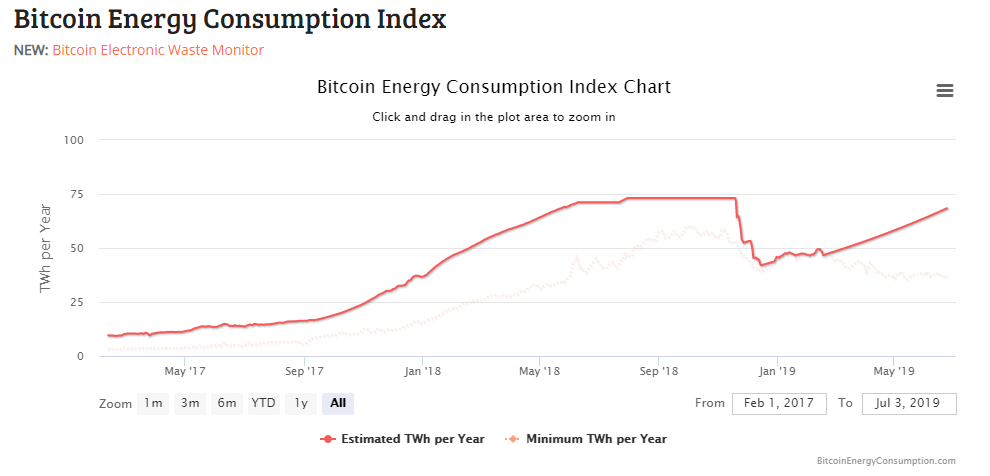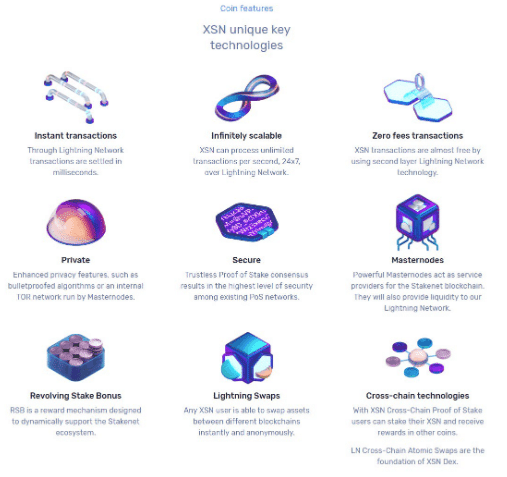Lightning Network
Stakenet – A Lightning Network Cross-Chain Economy

The Lightning Network-powered trustless inter-chain economy, Stakenet combines some of the most effective crypto strategies in existence to create a unique and profitable user experience. Stakenet users are able to operate with any blockchain in a secure and decentralized manner.
Stakenet revolutionizes the way in which crypto investors interact within the blockchain. This interoperability is made possible because of a number of key features the platform provides. For one, Stakenet utilizes a Proof-of-Stake (PoS) consensus mechanism which is far more energy efficient than a Proof-of-Work (PoW) protocol.
PoS vs. PoW
In a PoW consensus, such as the one used by Bitcoin, nodes exert enormous amounts of energy competing against each other in order to solve a complex mathematical equation. The computer that solves the equation first, adds the next block to the blockchain and receives a bonus. In the case of Bitcoin, the reward is 12.5 BTC.
The main downside is that PoW systems consume huge amounts of electricity. This electrical drain is often cited as one of the critical drawbacks to cryptocurrencies such as Bitcoin. To put this energy consumption into perspective, a recent report places the amount of energy used mining BTC above the entire energy consumption of New Zealand.

Bitcoin Energy Consumption
Obviously, any system that requires this much energy to function strains the current electrical grid. A perfect example of this scenario played out this week when Iranian officials had to make a statement concerning the instability of their electrical system due to Bitcoin mining.
PoS Systems
Proof-of-Stake systems don't require huge amounts of electricity. Instead, PoS users “stake” their coins. When you stake your coin, you hold it in an online wallet. These staked wallets act as the nodes of the network and verify transactions.
Importantly, the largest stakeholders are the most common to add transactions to the blockchain. This strategy is effective because, in order for anyone to subjugate the system, they would first need to acquire huge amounts of the crypto in question.
To put it simply, a hacker would have to invest millions into the crypto before scuttling the prices. In this way, PoS systems create a more effective consensus mechanism. This added efficiency is why Ethereum decided to announce a conversion over to a PoS system in the coming months.
Stakenet Trustless Proof-of-Stake
What makes Stakenet most unique is the way in which the platform improves upon the PoS protocol to create the first Trustless-Proof-of-Stake platform. In order to accomplish this monumental task, Stakenet employed a highly effective crypto strategy, the use of a dual node consensus mechanism. This system uses both staking and Masternodes.
Unlike other PoS cryptos, Stakenet nodes are able to stake their tokens in cold storage. Cold storage is when your crypto is not online. It's the safest way to keep your crypto. Additionally, anyone can become a staking node, regardless of how much crypto they hold.
Stakenet Masternodes
Masternodes are also employed in the system but for a different purpose. These full-time network admins provide high-end network services to users. These services include running Dapps. Masternodes are the backbone of the Stakenet blockchain.
Staking nodes interact with Masternodes to provide security on Stakenet's platform. This relationship is what allows the platform to incorporate cold storage staking. In this scenario, a Masternode would partner with a staking node to provide proof of the cold storage coins in question.
For their services, Masternodes receive a percentage of the staking nodes rewards. This percentage is automatically calculated by the system according to the contributions of each party. Additionally, Masternodes can function as transaction watchtowers across multiple blockchains.

XSN Features via Twitter
XSN Token
The Stakenet platform utilizes the XSN token to facilitate cross-blockchain interaction. Basically, a staking node could agree with a Masternode to co-stake XSN and request to get paid in different cryptos. Imagine getting paid in Bitcoin for staking XSN, sounds profitable.
Lightning Network DEX
Another key component to Stakenet is its Lightning Network DEX. This decentralized exchange allows for direct cross-chain Atomic swaps. Atomic swaps work by creating a dual-blockchain smart contract that lives on the Lightning Network. This smart contract releases both cryptos once verification of the transaction is approved.
Stakenet – One to Watch
Stakenet continues to prove its innovative concepts in the marketplace. You should expect to see great developments from this team in the coming months as their platform expands into new functionalities.

